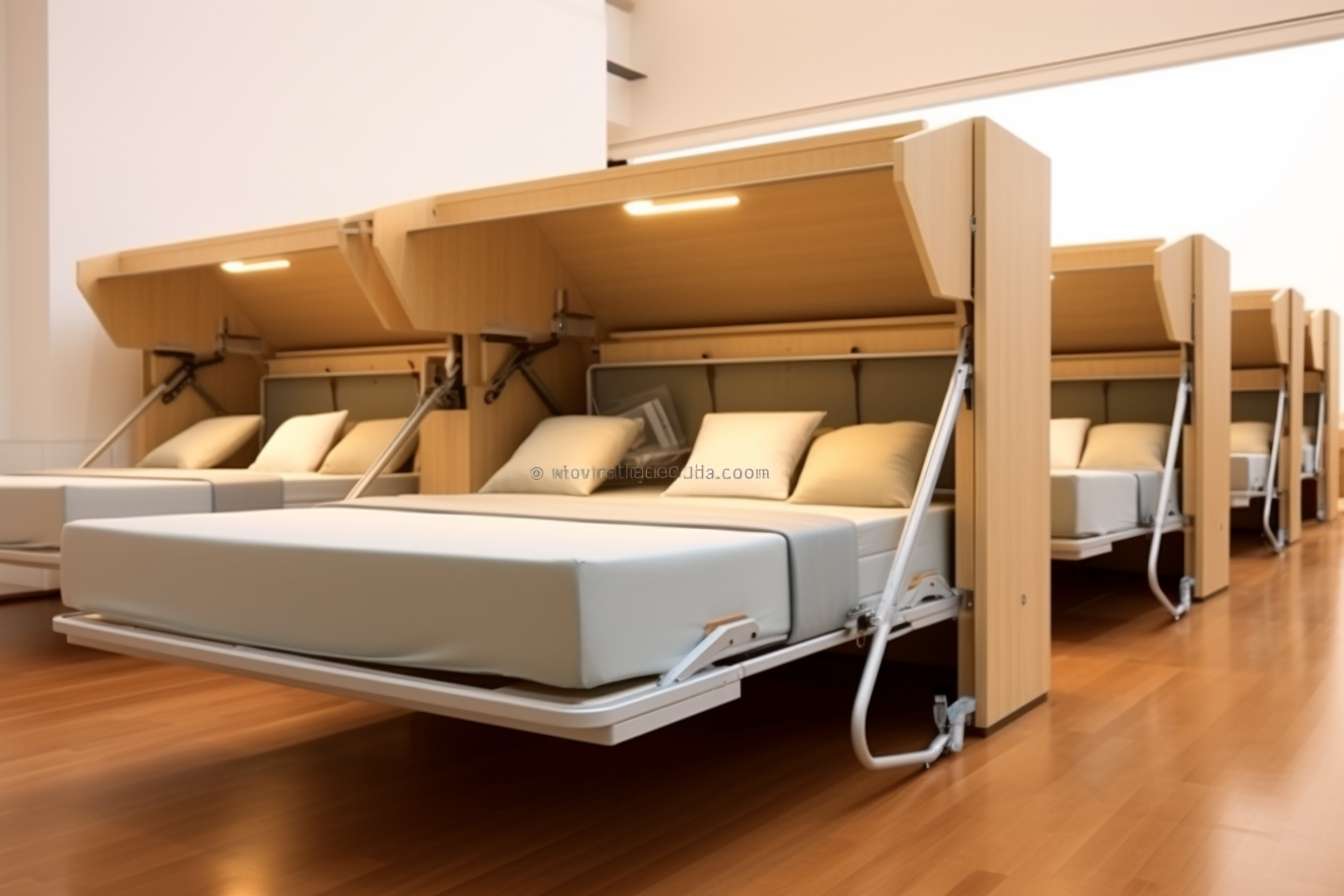Prefabricated Homes for Modern Living and Aging in Place
Prefabricated homes are transforming how Canadians approach housing, offering innovative solutions that combine efficiency, sustainability, and adaptability. These factory-built structures provide an alternative to traditional construction methods, delivering quality homes with reduced construction time and environmental impact. From young families to seniors planning for the future, prefab homes present unique advantages that address diverse housing needs across the country.

Prefabricated homes represent a significant shift in Canadian residential construction, combining modern manufacturing techniques with traditional homebuilding principles. These structures are built in controlled factory environments before being transported and assembled on-site, offering predictable timelines and consistent quality standards that appeal to homeowners seeking reliable housing solutions.
How Can Prefab Homes Offer Customizable Senior Living Solutions?
Modern prefabricated construction allows extensive customization to meet the evolving needs of aging residents. Design flexibility includes wider doorways for mobility aids, single-floor layouts that eliminate stair navigation, and adaptable bathroom configurations with grab bars and walk-in showers. Many manufacturers offer modular systems where rooms can be reconfigured or added as needs change, providing long-term housing solutions that grow with residents. Smart home technology integration comes standard in many prefab designs, enabling voice-activated lighting, temperature controls, and emergency response systems that enhance independence and safety for seniors.
What Makes Prefab Home Design Low Maintenance and Durable?
Factory construction environments provide superior quality control compared to traditional on-site building methods. Materials undergo rigorous testing and are protected from weather exposure during assembly, resulting in stronger structural integrity. Prefab homes typically feature engineered lumber, advanced insulation systems, and precision-fitted components that reduce air leaks and moisture infiltration. Many manufacturers use composite materials and metal roofing systems that require minimal upkeep over decades. The controlled manufacturing process also allows for better integration of moisture barriers and vapor controls, significantly reducing long-term maintenance issues common in stick-built homes.
How Do Prefab Homes Achieve Energy Efficiency for Reduced Utility Costs?
Prefabricated construction excels in energy performance through precise assembly techniques and advanced building envelope systems. Factory-built walls often achieve higher insulation values with minimal thermal bridging, while triple-pane windows and continuous air barriers become standard features. Many prefab manufacturers integrate renewable energy systems during construction, including solar panels, geothermal heating, and energy recovery ventilation systems. These homes frequently exceed provincial energy codes, with some achieving net-zero energy performance. The result is substantially lower heating and cooling costs, with many homeowners reporting 30-50% reductions in utility expenses compared to conventional homes.
Can Prefab Communities Support Vibrant Senior Living?
Prefabricated home communities are increasingly designed around active aging principles, incorporating shared amenities and social spaces that foster community engagement. Many developments feature community gardens, fitness centers, and multipurpose buildings for social activities and educational programs. The standardized nature of prefab construction allows developers to create cohesive neighborhood aesthetics while maintaining individual home customization options. Transportation services, healthcare coordination, and maintenance programs often integrate into these communities, providing comprehensive support systems that enable seniors to maintain independence while accessing necessary services.
What Are the Financial Benefits and Resale Value Considerations?
Prefabricated homes offer several financial advantages throughout the ownership cycle. Construction costs are typically 10-20% lower than comparable site-built homes due to manufacturing efficiencies and reduced labor requirements. Faster construction timelines mean reduced financing costs and earlier occupancy. Energy efficiency features translate to ongoing utility savings, while low maintenance requirements reduce long-term ownership expenses.
| Home Type | Provider | Size Range | Cost Estimation |
|---|---|---|---|
| Modular Home | Bonneville Homes | 1,200-3,000 sq ft | $150,000-$400,000 |
| Panelized System | Maibec | 1,000-2,500 sq ft | $120,000-$350,000 |
| Tiny Home | Mint Tiny House Company | 200-800 sq ft | $80,000-$200,000 |
| Senior-Focused Design | SRI Homes | 1,100-2,200 sq ft | $180,000-$450,000 |
| Net-Zero Ready | Ecohome | 1,400-2,800 sq ft | $200,000-$500,000 |
Prices, rates, or cost estimates mentioned in this article are based on the latest available information but may change over time. Independent research is advised before making financial decisions.
Resale values for quality prefab homes have strengthened significantly as public perception shifts and building codes evolve to recognize factory-built construction standards. Many prefab homes now appraise comparably to site-built properties, particularly when energy efficiency and modern design features are considered. The key to maintaining resale value lies in choosing reputable manufacturers, ensuring proper installation, and selecting designs that align with local market preferences.
Prefabricated homes continue evolving as a viable housing solution for Canadians across all life stages. The combination of customization options, energy efficiency, and community-focused design makes them particularly attractive for seniors planning long-term housing strategies. As manufacturing techniques advance and building codes adapt, prefab construction offers an increasingly compelling alternative to traditional homebuilding methods, delivering quality, efficiency, and value in the Canadian housing market.




